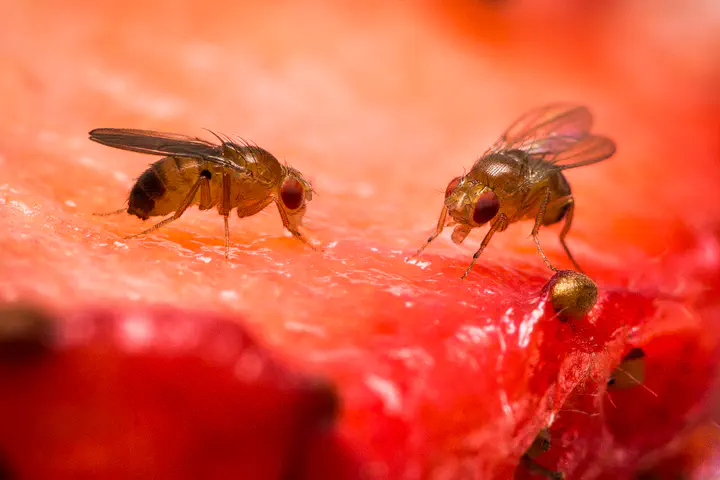An incentive circuit for memory dynamics in the mushroom body of Drosophila melanogaster
 Credit: Philippe Dykmans, Flickr
Credit: Philippe Dykmans, Flickr
Abstract
Insects adapt their response to stimuli, such as odours, according to their pairing with positive or negative reinforcements, such as sugar or shock. Recent electrophysiological and imaging findings in Drosophila melanogaster allow detailed examination of the neural mechanisms supporting the acquisition, forgetting and assimilation of memories. We propose that this data can be explained by the combination of a dopaminergic plasticity rule that supports a variety of synaptic strength change phenomena, and a circuit structure (derived from neuroanatomy) between dopaminergic and output neurons that creates different roles for specific neurons. Computational modelling shows that this circuit allows for rapid memory acquisition, transfer from short-term to long-term, and exploration/exploitation trade-off. The model can reproduce the observed changes in the activity of each of the identified neurons in conditioning paradigms and can be used for flexible behavioural control.